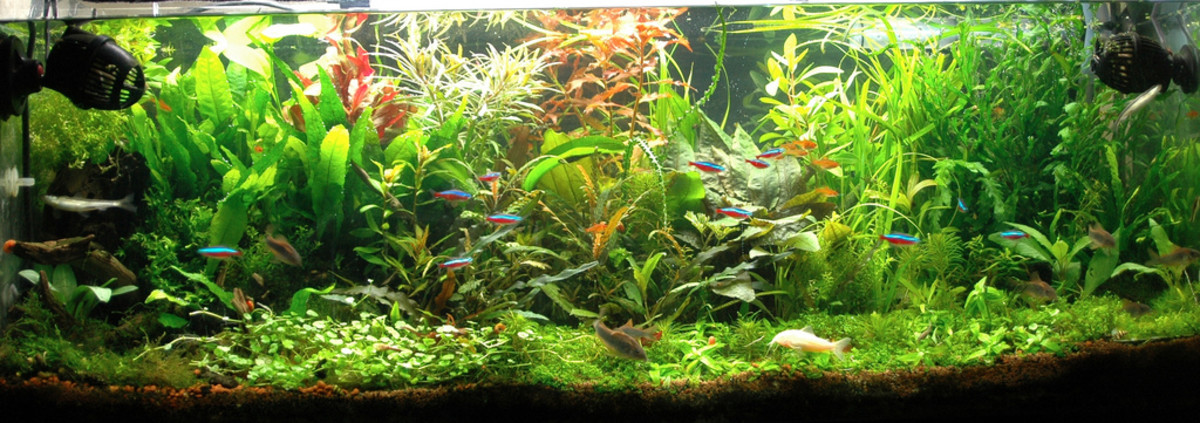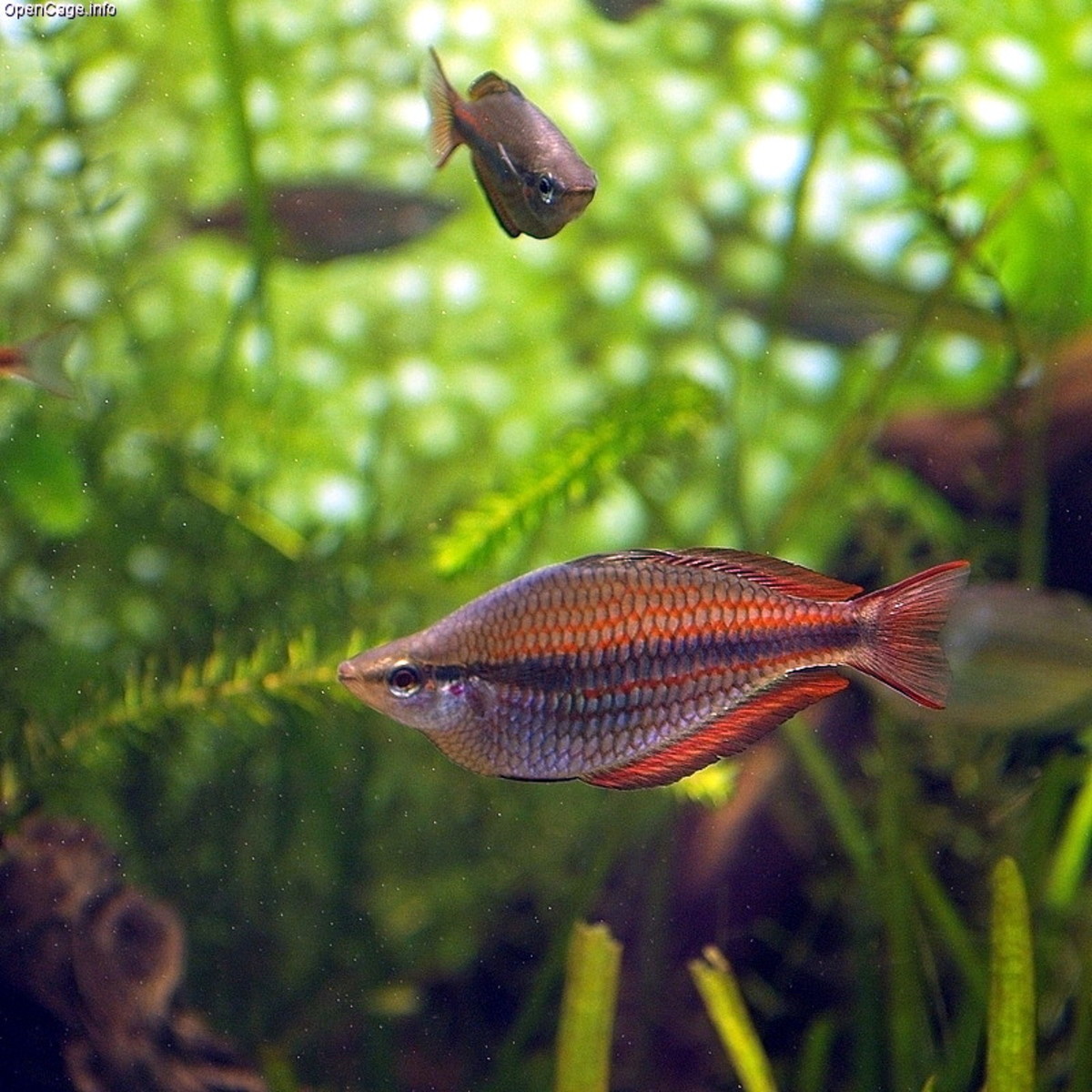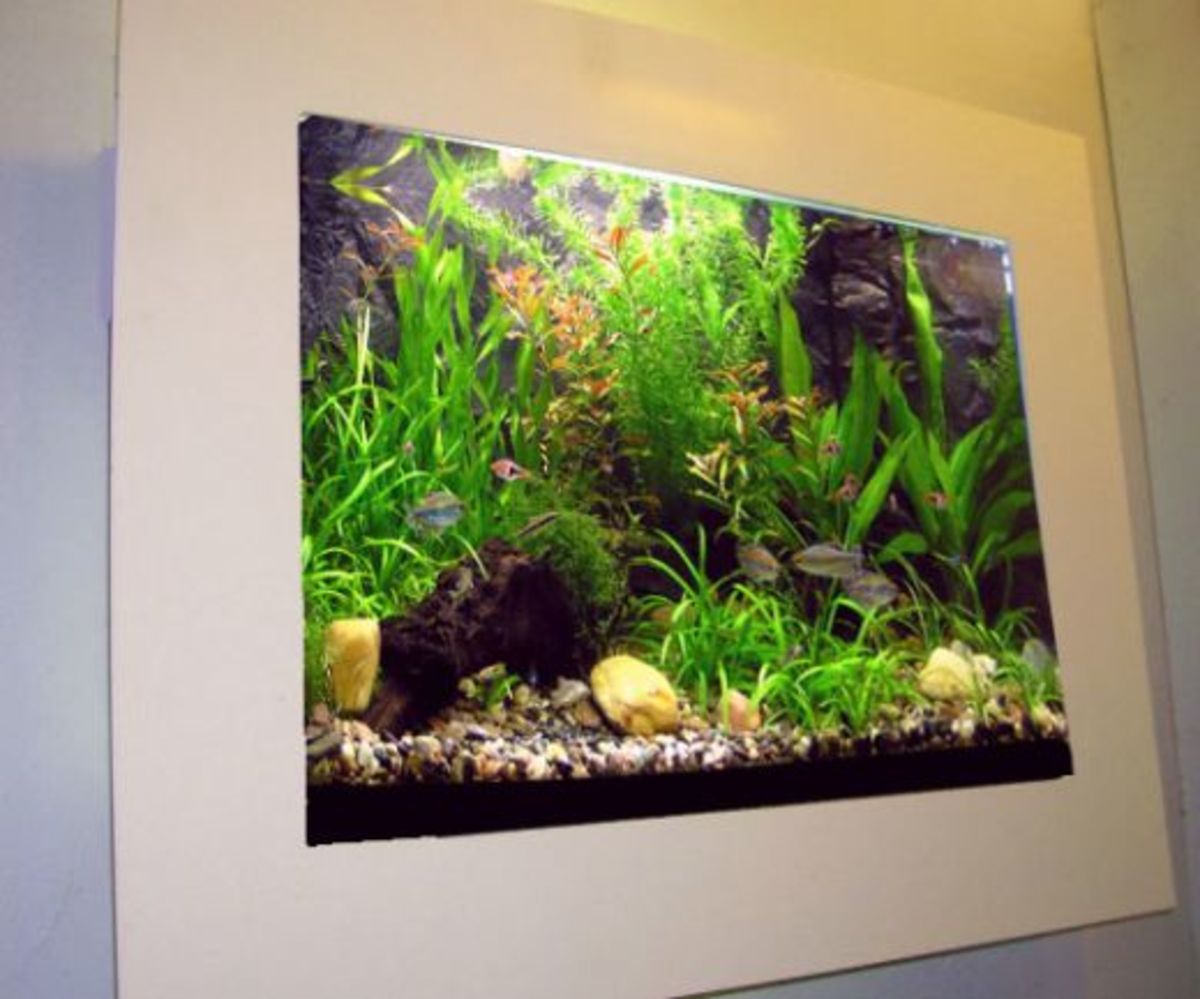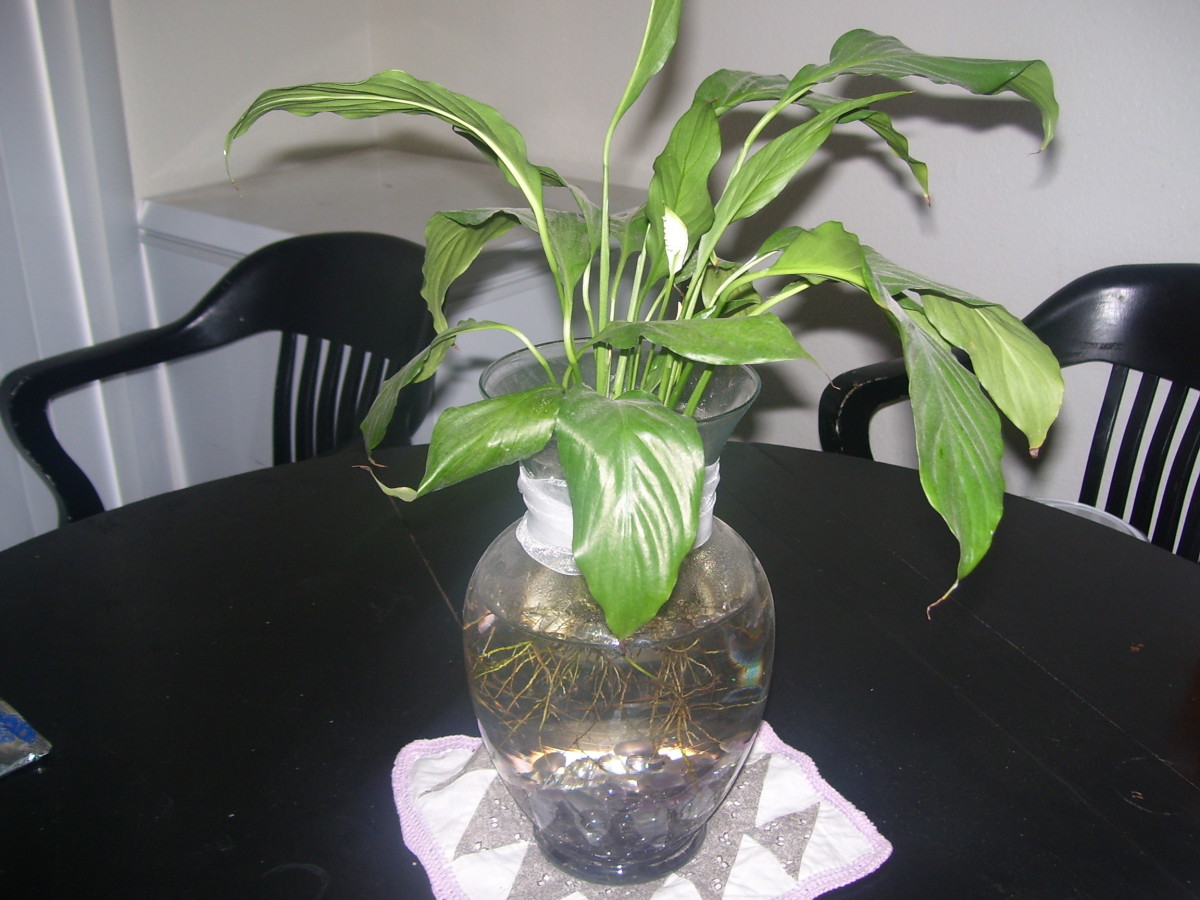African Filter Shrimp
African filter shrimp gorging on algae wafers
Vampire shrimp (African filter shrimp)
Origins and Habitat
The African Filter shrimp originated along Africa’s west coast, and inhabit fast-flowing, rocky streams between Gabon and Senegal. A potentially different species of this invertebrate has also been observed along South America’s eastern coast; there is not yet enough evidence to link the species conclusively. African Filter shrimp prefer rocky, quickly-moving water with many hiding places. Their larvae require brackish, plant-filled environments.
Appearance and Characteristics
African Filter shrimp can reach up to 6 inches, but usually remain 3 to 4 inches in length. The vast majority of Vampire shrimp are a shade of tan or brown, but there are rare instances of more brightly colored specimens, ranging from blue and yellow to pink and red. They are filter feeders, sporting fans that filter quick-moving water by waving around to catch tiny particles. Their first two legs have feathery bristles that the shrimp sweeps back and forth while feeding in order to catch algae and other microorganisms, which are then transferred to their mouths. African Filter shrimp are peaceful creatures, and somewhat shy. These shrimp usually only venture from their hiding places at night, and even then only rarely. They have been known to inhabit the same caves or hiding spots for many months at a time, and tend to cluster together in close contact inside.
Aquarium temperature
A 10-gallon aquarium should be large enough to contain four to five African Filter shrimp. Although shy and non-aggressive, they are very social amongst themselves, so it is possible to keep large amounts of African Filter shrimp in the same tank. Any tank they reside it should have a cover to prevent adventurous shrimp from using heaters or filter tubes to climb out. The water temperature in an aquarium containing African Filter shrimp should always be between 73 and 84 degrees Fahrenheit. The pH should stay between 6.5 and 7.5.
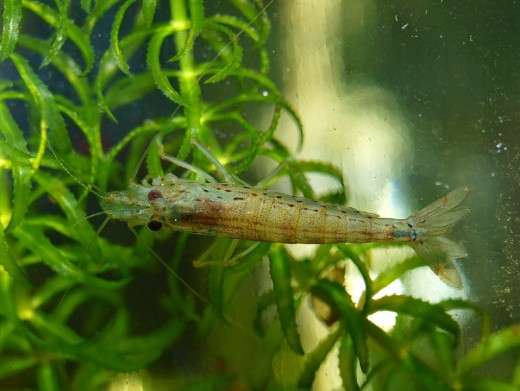
Simple Shrimp Setup
Habitat
African Filter shrimp are partial to seeking cover in caves or plants, so an ideal aquarium will contain a plethora of hiding spots, including artificial structures. Placing a cave or housing ornament near the glass wall of the aquarium is a prime way to see the shrimp during the day, as they do not mind being observed. A hiding place large enough for African Filter shrimp to congregate together is advisable, as they like to be in contact with one another. Since this type of invertebrate is so shy, they should not be placed with aggressive fish.
Tanks containing African Filter shrimp should be well-aerated and contain somewhat fast-moving water. Without a strong enough current, this type of shrimp will not be able to filter their food from the water. In order to achieve the desired water speed, a wave box or current pump would be an ideal investment. Additionally, these shrimp do not function well with a bare tank, so the bottom should always be lined with either rocks, gravel, or sand. African Filter shrimp rarely leave their hiding places, and when they do so, it is usually at night. A Night Glo or other type of nocturnally oriented bulb is recommended for observing the shrimp at this time.
How to Breed Shrimp: Food Type and How Often
Diet
African Filter Shrimp will eat almost any freeze dried, flake, or liquid fry food, as well as pellets. They are omnivorous, and subsist largely on algae in the wild. Along with algae, shrimp tablets are a great way to supplement an African Filter shrimp diet. This type of invertebrate will also consume liquid invertebrate food when it is squirted into their hiding places.
Breeding
When breeding African Filter shrimp, they should be placed in a tank with no fish, and either brackish or very salty water. The larva undergoes several planktonic stages before becoming shrimp, so there should be plenty of plants in the aquarium as well. As with many other invertebrates, African Filter shrimp react negatively to chemicals in fish medications such as ammonia and copper. Whether breeding shrimp or not, these types of chemicals should be avoided at all costs.
How to Breed Shrimp: Three Things Every Tank Needs
Summary
African Filter shrimp’s unique style of food consumption make them one of the most captivating species of invertebrate. As long as their water temperature, speed, hiding places, and food requirements are taken care of, they should make for truly engaging pets.

